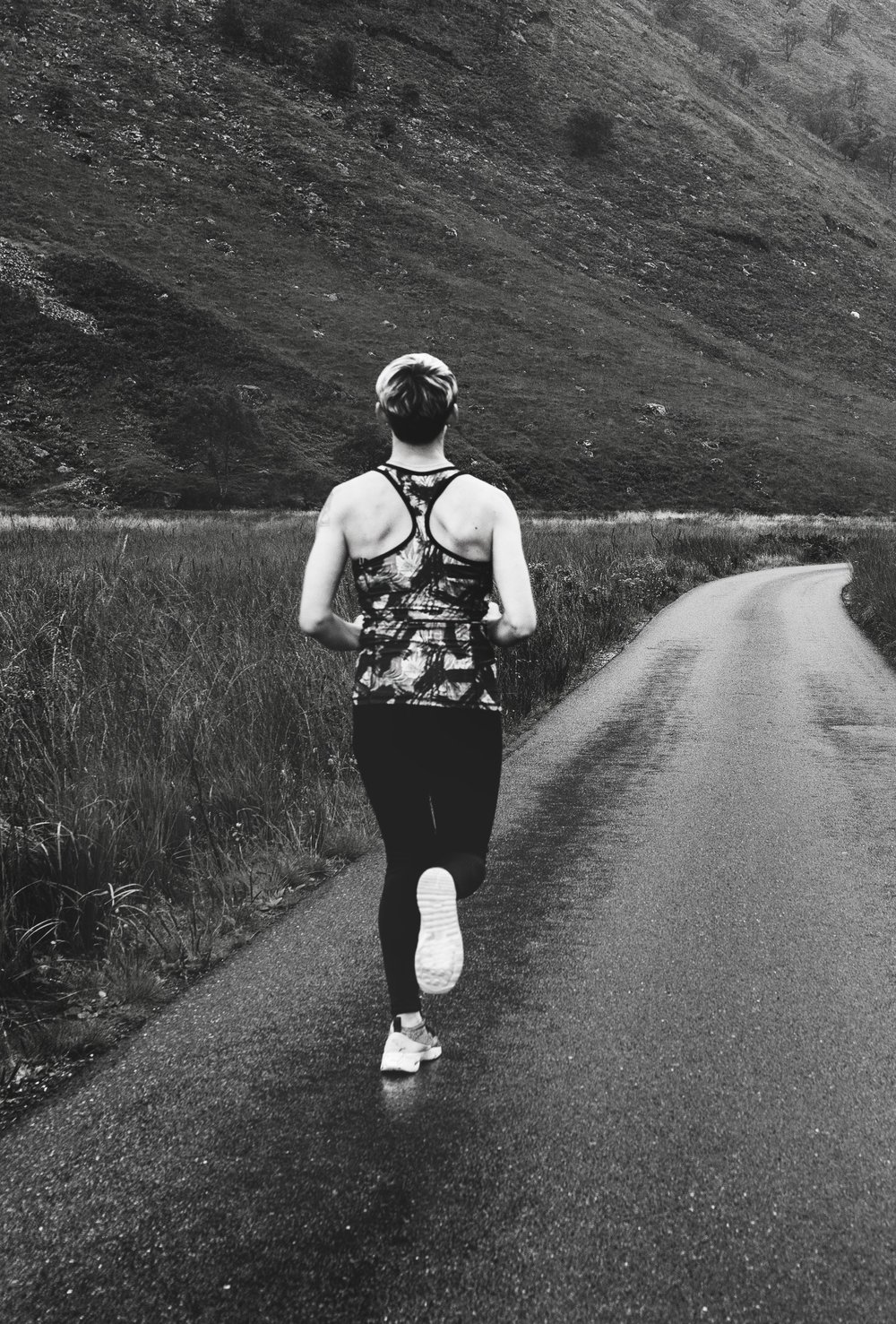With access to miles of paths and acres of open space running remains one of the most popular outdoor activities in Boulder. Despite its’ accessibility, low cost of participation, and health benefits running related injuries keep many from training or competing at their preferred levels. One recent area of research has focused on gait retraining by Physical Therapists to reduce forces among runners. Although an “ideal” running gait does not exist some factors including foot strike, impact forces, vertical translation can help us differentiate injured from non injured runners or determine who is at a greater risk of injury. A recent study determined additional factors which can help identify injured runners.
Dingenen and colleagues in the journal Physical Therapy in Sport analyzed the running gait of 42 recreational runners (2019). About half of the participants currently experienced pain on the front or side of their knee. Researchers assessed their lower quarter mechanics to determine how those with knee injuries differed from their non injured peers. Researchers found the injured runners demonstrated greater degrees of opposite sided pelvic drop and knee adduction (inward movement) during their running analysis. We often find these running gait impairments in runners with hip abductor (glut) weakness. Increased inward motion or “wag” of the knee in stance increases forces across the knee joint. Conversely, a level pelvis and stable knee helps dissipate the forces of running over a greater surface area in the joints.
Click Here to schedule your next running gait analysis with the experts at MEND

